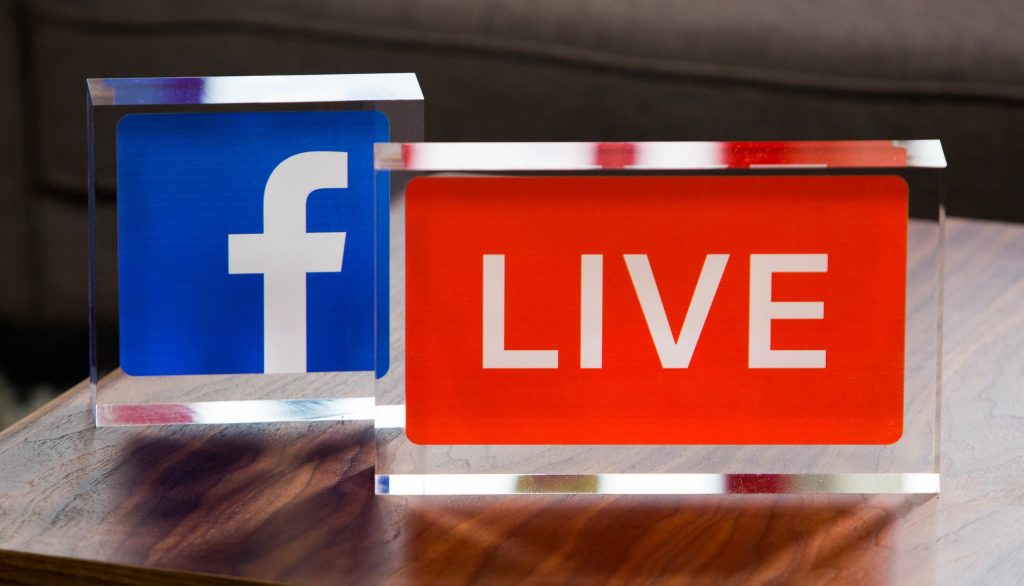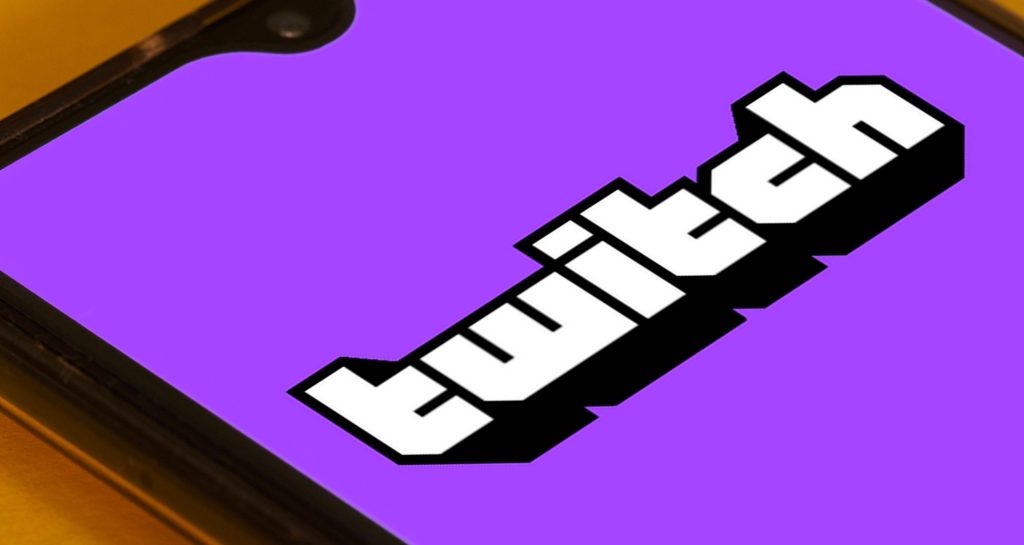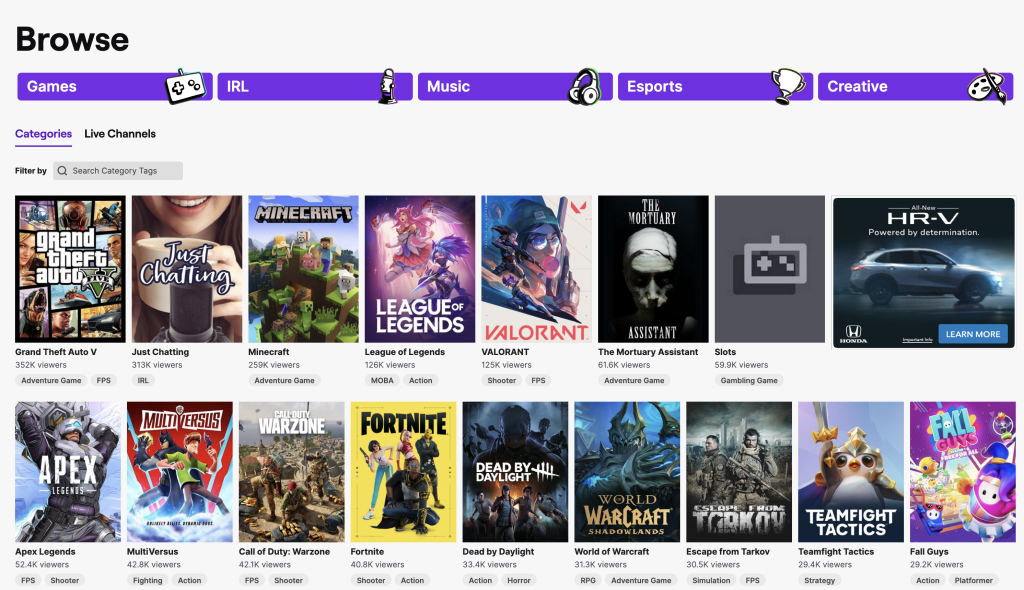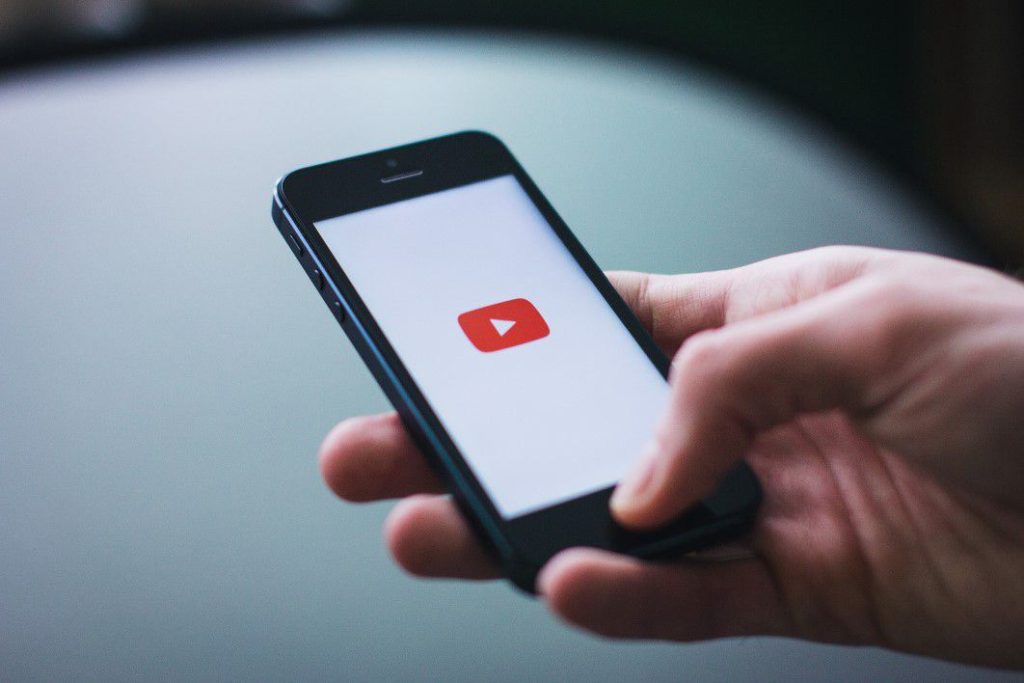When it comes to choosing a livestreaming platform, you need to consider several key factors. We’re going to take a look at the YouTube, Facebook, and Twitch streaming experiences so you can decide which one is right for your content. In streaming, it’s generally a good idea to start where you already have an audience. Ultimately, the best platform to livestream on will vary depending on your specific needs and preferences.
Getting Started
There are a number of factors to consider when deciding which livestreaming platform to choose. Here are a few important ones to keep in mind:
- Available Bandwidth
- Content Category
- Audience Size
- Platform Features
- Budget
Whether going live from a mobile phone or desktop computer, using third-party streaming software or a hardware encoder, be sure to have a strong internet connection, good audio, a well-lit video, and your engaging personality. Virtual shared experiences have never been more accessible.

Consider Your Audience
Digital content creators constantly seek better ways to maximize their time and talents. They do so on platforms that offer a variety of community-building features. Ask yourself, who is my target audience? What do they want to see? When are they most active online?
Keep these things in mind when planning your livestream to ensure its success. Whether streaming a video podcast, music performance, how-to course, or video gameplay, all of these allow you to:
- Earn a subscriber or follower
- Interact with your viewers in a live chat or comment section
- Receive a donation, buy fan merchandise, or sell live event tickets (even if by sharing a link)
Each platform has a unique mix and proportion of audience and content producers, some of whom are more focused on production than others. If your audience is mostly family and friends, perhaps you want to stream to your Facebook personal profile. This way, your audience can easily share the link in Messenger with their extended network while still on the platform.
"Each platform has a unique mix and proportion of audience and content producers, some of whom are more focused on production than others."
Key Differences
Streaming to a Facebook page will give you more engagement, appointment booking, and monetization features if you’re trying to reach a wider audience of potential fans and customers. The path to viewership is much easier as well. When you schedule a live event on Facebook, the platform automatically publishes an announcement post. This allows viewers to set a reminder. Then, when you go live, Facebook publishes a live broadcast post, notifying people who set a reminder.
Twitch is the go-to platform for video gamers and lifestyle streamers. It could be the right platform if you only need a webcam and screen share option to feature your content. Twitch non-creator users are familiar with this format and enjoy the excitement of the audio commentary and text-based chatroom.
A streamer’s Twitch chatroom is active even when they are not live. This allows users to show up early and get acquainted before the chat becomes crowded with other users. Your audience may like this Twitch feature.
If you want to stream a multiple-camera show, YouTube easily integrates with third-party software and hardware that offer built-in text overlays and graphics features. This can help keep your audience engaged. For this option, however, you need to consider your budget. While some software or browser-based streaming programs are free, others have a subscription fee. Let’s dive a little deeper into each livestreaming platform.
Facebook Live

Building an Audience
Facebook is an excellent platform for anyone looking to build not just an audience but a community. A content creator can connect with followers who share their interests and build relationships by broadcasting to Facebook Pages. They can host a panel discussion, performance, class, Q&A, or virtual event using Facebook Live Producer or going live from their mobile phone.
When you broadcast to Messenger Rooms, you can go live with up to 50 people. It’s great for book clubs, fitness classes, panel discussions, or private family and friend livestreams for special occasions. Live With is a mobile co-broadcasting feature that lets you invite up to three people into your stream, and you can continuously switch them out until the broadcast ends. When you broadcast with another person, their followers will also get alerted. With Live in Stories, you can also share your live broadcasts directly to Facebook Stories. This increased reach is another reason to stream on Facebook.
"A large number of people can view Facebook Live broadcasts. This means you can use the data well to figure out what works and where you can improve your content."
Also, engaged viewers will stay in the front row of your livestream and receive badges next to their names. This makes it easy for you to identify loyal followers and give them a shout-out. Another cool feature is the ability to create shareable polls during your livestream. They allow you to receive real-time feedback from your audience and fans to engage directly with you. You can even include an external link in your live broadcast, a great way to promote a call-to-action.
With live comment moderation on Facebook, you can manage the conversation around your content or designate a specific viewer to moderate comments on your behalf. When the Facebook Live broadcast ends, it is automatically saved for replay viewers. Users can download it in high resolution. A large number of people can view Facebook Live broadcasts. You can use the data from Facebook analytics to figure out what works and where you can improve your content.
Twitch

A Dedicated Livestreaming Platform
Twitch is a dedicated livestreaming platform with millions of daily viewers. The platform is popular among gamers and features a variety of In Real Life (IRL), video game player commentary, and chatroom content.
Creating a Twitch account is simple, and the interface is easy to use. However, it’s designed to make it easy for existing subscribers to find new material. This makes discovery difficult for new content creators who haven’t gained followers. Twitch is an excellent choice if you’re starting and want to practice going live before getting more attention on your content. The community is supportive of new creators, though. There is even a category called Recommended Smaller Communities.
"By putting in the work to create quality streams, you can break through the discovery barrier on Twitch. Time will fly by as you improve your stream quality, presentation, and viewer interaction skills."

To start streaming on Twitch, you must download broadcasting software like OBS Studio, Twitch Studio, or XSplit. You should also use a high-resolution webcam, an external microphone, and a desktop computer. By putting in the work to create quality streams, you can break through the discovery barrier on Twitch. Time will fly by as you improve your stream quality, presentation, and viewer interaction skills. Because Twitch is mainly uncensored, you may encounter offensive language and conversation in streams. You can ban these accounts and use the site’s moderation tools to ensure your experience is positive and enjoyable.
Additionally, Twitch has introduced a new feature called Shared Ban Info. It adds an extra layer of protection against trolls. This feature allows you to communicate information about who you’ve banned in your channel with other streamers. This helps users work together and keep repeat harassers out of your community.
YouTube Live

Massive Search Engine Popularity
With YouTube’s popularity as a video search engine, you can find a larger audience on this platform by using keywords in your title and creating attention-grabbing thumbnails. As long as you promote your live broadcast schedule, the discoverability of your livestream content is possible. Unlike Twitch, not everyone is going live. And with YouTube recently adding a Live Rings feature, users can quickly identify when a creator they subscribe to is live. This feature will help subscribers prioritize interacting with a content creator in real-time and watching previously recorded videos later. Tapping on these Live Rings takes a viewer directly to that active stream session.
In full-screen mode, YouTube viewers can enjoy your material without interruption, and the live broadcast Q&A allows for more attention and engagement. YouTube is also testing new features that enable a creator to invite a guest to their livestream by sending a link.
Creators with at least 1,000 subscribers and no active community guideline strikes can even direct viewers to a livestream or premiere on another channel—not just their own. This feature is Live Redirect. You establish a list of channels to which your audience can get redirected. Then adjust your settings for redirection to all the channels you subscribe to. Imagine the possibilities if you manage a network of branded YouTube channels.
"With YouTube's popularity as a video search engine, you can find a larger audience on this platform by using keywords in your title and creating attention-grabbing thumbnails."
Video and Audio Fidelity
Livestreaming broadcast quality can vary widely from one livestream to the next. It all depends on a streamer’s experience, software, and hardware. In general, Facebook, YouTube, and Twitch all offer high-quality streaming options. However, each platform has its strengths, weaknesses, and technical capabilities.
Facebook downscales 1080p video to 720p resolution unless you’re a Level Up Program or Partner Program member. Don’t worry, though. 720p is enough to satisfy the large community of viewers. The Twitch platform supports up to 1080p resolution at 60p. If you have the bitrate to spare, consider choosing a resolution lower than 1080p. This will give your stream time to load without experiencing any buffering issues. YouTube supports up to 4K resolution. But as with Twitch, it’s best to start with the platform’s recommended settings. You can always increase your quality as you grow your audience and can support it.
Facebook, Twitch, and YouTube have comparable video and audio fidelity for livestreams. Visit each platform’s website for recommended settings to optimize quality and stability without wasting bandwidth. There’s no perfect solution because of users’ varying bandwidth speeds and encoding settings. These require adjusting depending on the viewer’s device to watch the content. However, even amateur broadcasts can be entertaining, and it’s always interesting to see what people are streaming worldwide.
Narrow or Wide Focus
Broadcasting the same content across multiple platforms simultaneously can help reach a wider audience, but it also requires more effort to set up and produce. For example, Facebook and YouTube have different resolution requirements to stream from third-party software. You’ll need to adjust your settings when you start a live broadcast on a new platform. This process can be time-consuming and interrupt the flow of your content.
And while streaming to multiple platforms may seem like the best of both worlds, it can also be overwhelming for content creators trying to moderate and engage with their audience on all the different streams. There is also third-party software that allows you to stream to multiple destinations. Some even offer chat integration so you can manage comments and questions from all your viewers in one place without having to switch back and forth between platforms.
"Many streamers also monetize their broadcasts through sponsorships from brands willing to pay for exposure on their channel. "
Platform Monetization
Lastly, let’s review how today’s platforms reward the content creator for engagement numbers, watch time, subscribers, and sales. After becoming eligible to set up tools to monetize your Facebook page, you have access to and can receive:
- Paid Online Events
- In-Stream Ads for Live
- Subscriptions
- Stars
You can use Facebook’s “tip jar” feature during your livestream to generate donations from viewers. You could also set up a paywall for those who want even more exclusive content or shout-outs, like access to private streams. Plus, with Facebook Ads, you can target that same engaged audience for future streams, ensuring you have an audience the next time you go live.
Many streamers also monetize their broadcasts through sponsorships from brands willing to pay for exposure on their channel. If you have a large enough audience who actively engages with your content, this can be a lucrative way to monetize your Facebook Live streams.

YouTube requires 1,000 subscribers and 4,000 watch hours for its monetization program. Once you are eligible for YouTube monetization, enable the feature. Then, link a YouTube payment method, and you can start making money from your YouTube Live streams. This happens when viewers watch ads that get served during your livestream. Viewers can also send donations directly through YouTube’s Super Chat feature.
Some people use features built into the application, like memberships, subscriptions, and Super Thanks. Other ways to monetize your content include selling merchandise, partnering with creators, and working with brand sponsors directly to promote their products or services. Don’t worry if you don’t have relationships with companies. You can always put affiliate codes in your video description box.
Twitch makes it easier to monetize your stream. Since Amazon owns Twitch, its affiliate program allows you to advertise products on your Twitch Channel. When fans interact with that widget, they are taken to the relevant Amazon sales page to make a purchase, and you get a percentage of any sales revenue. Twitch evaluates your eligibility once you grow your audience to 50 followers.
"Many streamers also monetize their broadcasts through sponsorships from brands willing to pay for exposure on their channel. "
Twitch Partners and Twitch Affiliates can earn revenue from Twitch ads, subscriptions, donations, game sales, and merch sales. In return, fans receive access to exclusive emotes and badges and a higher chance of being chosen for a game giveaway. Channels can also attract sponsors, accept donations, and set on-screen goals to encourage viewers to donate more. Each platform has benefits for content creators looking to generate income. You can’t go wrong.
Connection and Consistency
Livestreaming is a great way to connect with an audience because it offers the closest thing to an in-person experience you can get online. Choose the best platform for your community and start. However, consistency is key to all things in business and life. Remember to show up consistently for your audience, and they will reward you with their attention, loyalty, and support.
AeroCaster: A Cross-platform Solution
AeroCaster makes it easy for anyone to create a wireless multi-camera setup with pro-level production quality. This affordable solution lets users connect to top platforms like Facebook, YouTube, Twitch, and others.
You get full access to all AeroCaster features and apps when you purchase the system, with no subscription fee required. Download the AeroCaster Live App on your Apple iPad and AeroCaster Camera Apps on the phones that will act as camera sources. It opens a world of possibilities for performances, e-commerce, remote education, video podcasts, and more.






